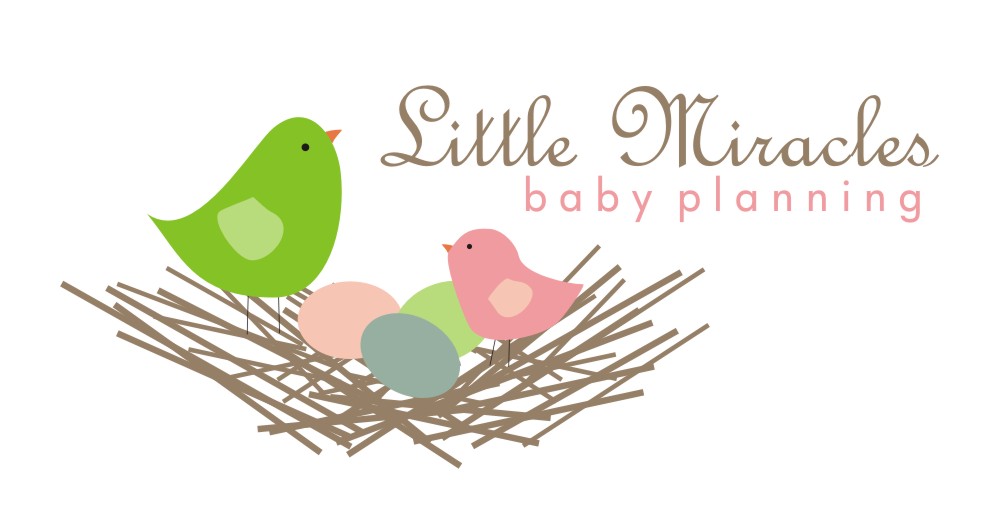
Many people think of plastic just being one thing: plastic. Unfortunately, plastics are many different substances combined, and can come in many different varieties depending on how they are made, with varying levels of toxins and danger depending on how the plastic is used. One of the most common ingredients are plasticizers, particular compounds that are used to make materials more flexible. One of the most famous types of plastic, PVC, has a significant amount of plasticizer additive, although in this case the compound is used to make PVC more durable instead of flexible (with the plasticizer, PVC pipe would crack and split).
You may be surprised in the other common materials that use plasticizers, too. Some types of concrete, for example, use plasticizers to create stronger bonds and make it easier to spread out before it dries. Plasticizers are used in the manufacturing of certain types of wallboard, not because they add any permanently useful qualities, but because it allows companies to use less water so the board will dry faster.
What is the problem with these ubiquitous plasticizers? Well, they are part of a family of chemicals known as phthalates, which are made by the billions of pounds every year across the world. Phthalates have been proven to wreck havoc with the body’s reproductive system, causing everything from birth defects in males to increased chances of breast cancer. Numerous animals studies have shown a propensity for phthalates to damage the female reproductive system, the liver, and the kidneys as well.
This would not be so hazardous if plasticizers stayed sealed within plastic products, but they do not: phthalates tend to leech out of the plastic into surrounding substances, especially food or tissue. Plastic cups, food packaging, and plastic plates or dining ware
made with plasticizers are all possible contaminators of food. Even your nail polish may be a culprit. Medical devices are also suspect–you know those bags they store blood in for intravenous injection? Some are made with plasticizers, which have the ability pass into the blood, and then to the patient (so far manufacturers do not have a problem with this, since the toxins help the blood last longer in the bags).
Fortunately, not all manufacturers use plasticizers. But, you may want to skip the plastic-wrapped cheese, which has tested with some of the highest levels of leeched plasticizer compounds. When buying meat or pre-packaged vegetables and fatty foods, try to find products that are wrapped in paper products rather than the more dangerous cling wrap.

.png)




No comments:
Post a Comment